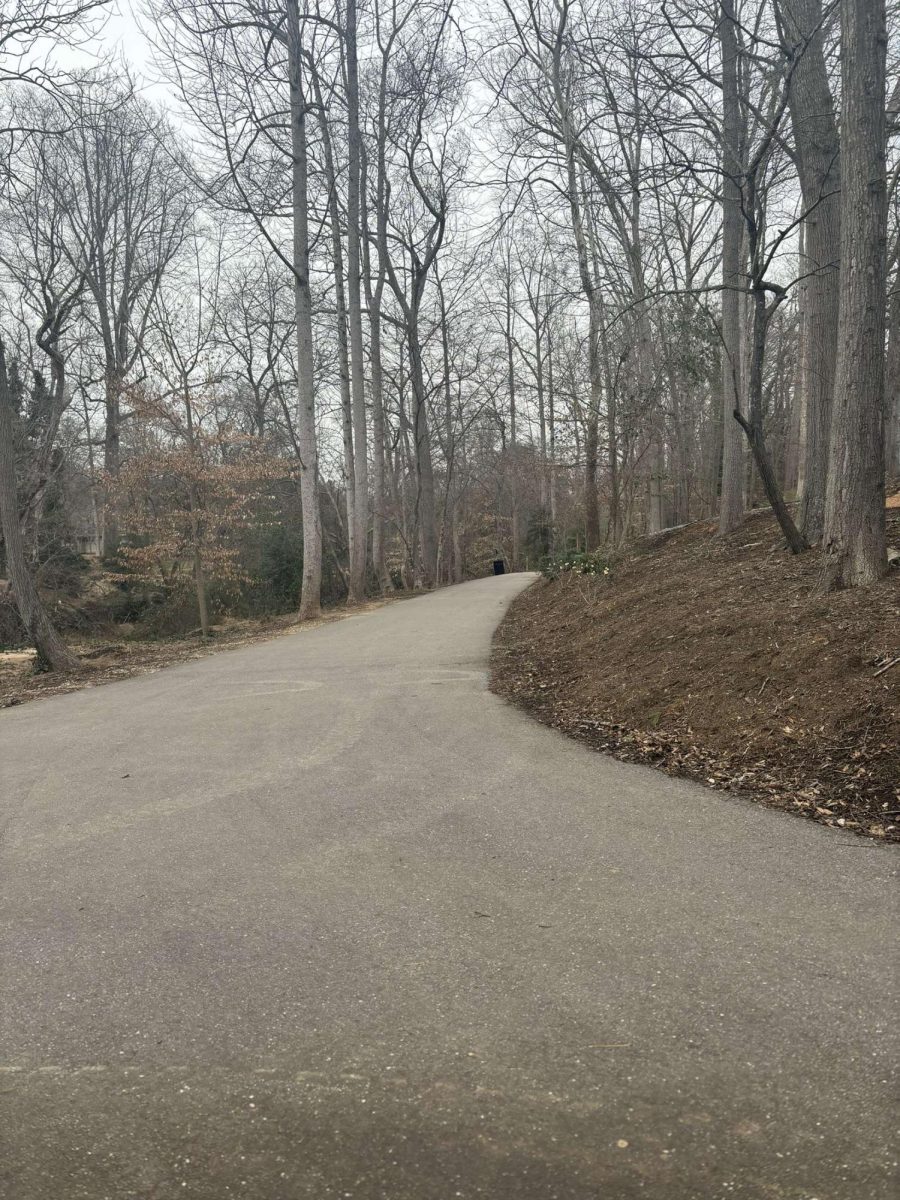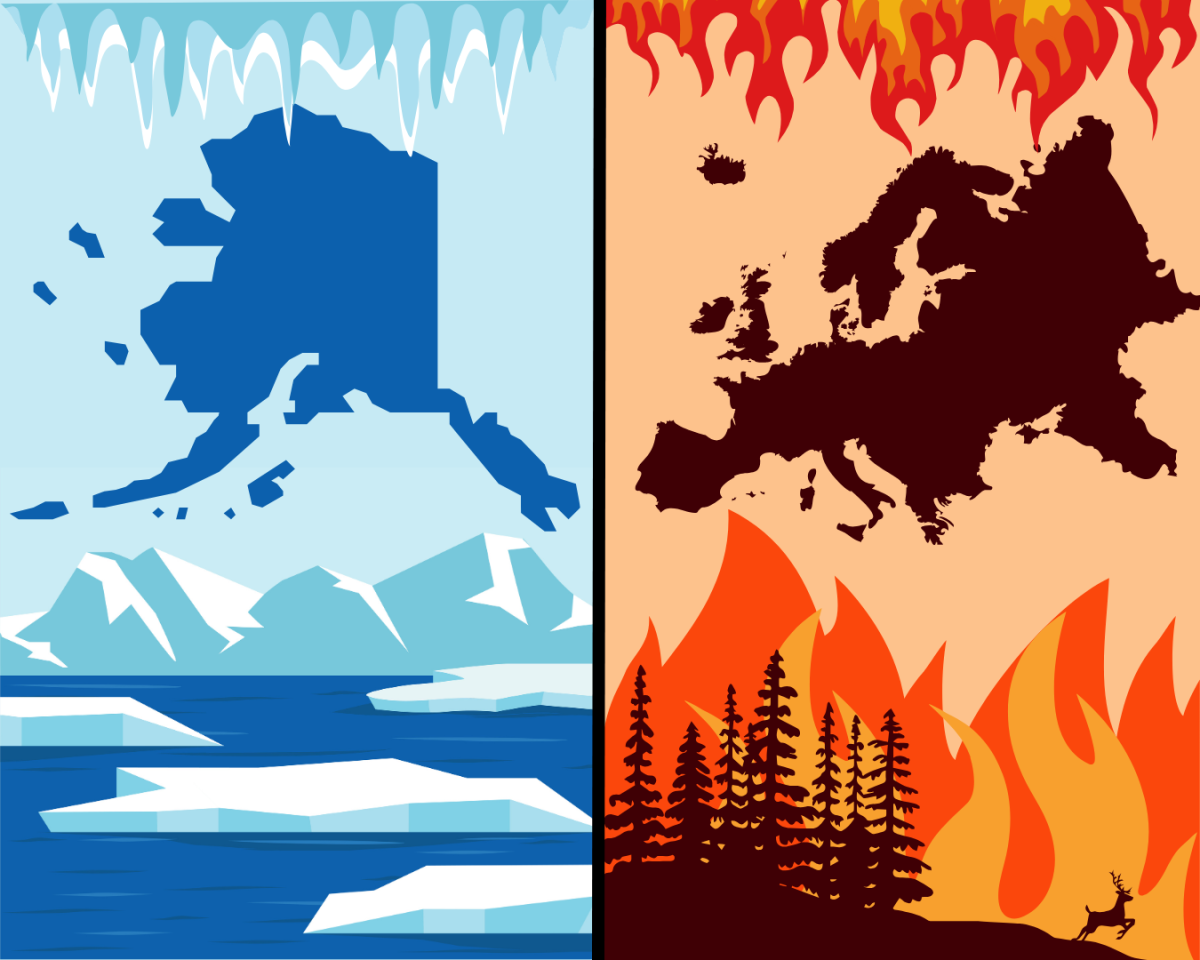Getting outside, whether simply lounging, biking or going for a run, is one of the best things that can be done for both mental and physical health. While some are happy getting their Vitamin D from their neighborhood, others rely on trails to get outside and get some exercise. While these trails may be beneficial for one’s health, its potential environmental impact may cause nature-lovers to second guess where they’d like to spend their time.
The establishment of man-made trails in wilderness causes a plethora of impacts on the environment, many of which help it while others are detrimental towards it. If not constructed in an environmentally conscious way, trails can be an intruding obstacle towards the native animals of the area, destroying their ecosystems and driving them away. Trees and other forms of plant life suffer greatly in the construction of a trail as they are chopped and plowed so that concrete and other materials may be placed down.
Knox Eaton (11) is a member of the Spartanburg High Cross-Country team and often runs on trails as part of his training.
“I think running has given me the opportunity to see the trails and how they affect the environment. I think that it has a negative effect on the environment because it brings unwanted foot traffic and disturbs the forest floor ecosystem,” Eaton said.
Aside from their construction, trail systems also bring issues due to the increased human foot traffic in the area. This causes issues with pollution, fueled by those using the trails not properly disposing of trash and food scraps, disrupting natural organisms and attracting non-native animals. Hikers and walkers can also displace plant seeds from their natural habitat, entirely disrupting an ecosystem with only one miniscule seed.
Rebecca Gentry, as an AP Environmental Science teacher, has a great deal of experience in the study of nature and how humans can affect it.
“Trails can be beneficial as it connects people to nature and the outdoors in an easily accessible manner,” Gentry said. “They can be harmful to the environment if they are not managed correctly similar to the Tragedy of the Commons, when a shared resource is exploited. Too many people or too much traffic can cause more damage to the area you are trying to protect.”
While trails may cause many issues towards the environment, they also present some positives. When constructed correctly using materials such as loose rocks, trails can combat erosion, solidifying the soil in the ecosystem from washing away. The usage of trails worldwide also spreads awareness to the beauty of nature, leading those that may not be otherwise concerned with environmental issues to support its conservation.
As a student-athlete and cross-country runner, Walker Nunes (11) has experience running on a variety of different trails in the area.
“While trails do interfere with wildlife sometimes, they are generally located in less habited areas. I use trails most weekdays for track and cross country and usually don’t put much of a scar on a landscape,” Nunes said.









